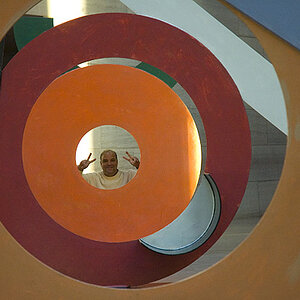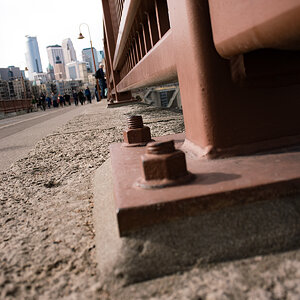Nintendoeats
TPF Noob!
- Joined
- Jan 9, 2018
- Messages
- 72
- Reaction score
- 20
- Can others edit my Photos
- Photos OK to edit
That's not quite how it works. Check out the prices of computer processors. Today's processors have many more transistors and cores than they did a decade ago, and they cost less than they did back then. The same would ring true for full frame sensors. Like I said, what I don't like about lesser sensors is the crop factor. That 4/3 sensor has a 2x crop. You practically need a fisheye lens to equal a rather mundane 28mm equivalent on a full frame. An 18mm lens is 35mm equivalent. 35mm shooting subjects indoors stinks. You have to stand back quite far to get a subject in the frame. No one says the cameras need to be huge like a pro camera in order to house a full frame sensor. Phones are pretty portable and take images good enough to print on a standard 4x6. Considering the cost of lenses, I'd rather have a full frame camera with Minolta lenses than my APS-C and be forced into more expensive lenses to enjoy wider angles. There's no reason that full frame can't start at lower price points.
It is how it works. Today's processors fit more transistors into a set area & production costs are decreasing, but a chip four times the size costs more than four times as much to make. Comparing with past generations is totally irrelevant.
Actually the kit zoom on MFT reaches the same FOV as a 28mm FF. No need for fisheye designs at all for that sort of usage. The longest focal length fisheye for the MFT system is 10mm, quite a significant difference, and there are 7mm rectilinear lenses available.
If you find the 35mm FOV too wide for indoors there's no need to stick to it a cheap adapted 50mm gives a reasonable portrait FOV on MFT, and of course there are native options as well.
Another point is that processors are designed with either redundancies or features from high SKUs. If some of these come out non-functional they can be disabled. On a high level, my hexacore 5930k is actually an octacore 5960x with two cores disabled which vary from chip to chip. This also applies to smaller details of the processor which we don't consider as consumers.
An image sensor needs to be contiguous, so you can't clip one out and then disable part of it. If a wafer has 100 pixels on it and 10 of them are bad, they might be altogether in a corner or spread out in an x shape. If you want to make 3x3 sensors the first situation is no big deal, while the second renders the entire thing useless. Because processors do not need to be contiguous this is not as significant a problem for them. The same applies to NAND and most other types of chips. To my knowledge image sensors are extremely unusual in this regard.





![[No title]](/data/xfmg/thumbnail/34/34145-b89ccc67a24004d6d7a9026a7395914b.jpg?1619736318)
![[No title]](/data/xfmg/thumbnail/30/30882-ce388519574371448d7493784524607a.jpg?1619734495)






![[No title]](/data/xfmg/thumbnail/34/34144-52e7a5d3e3908ae808afeabfe86fffdc.jpg?1619736317)